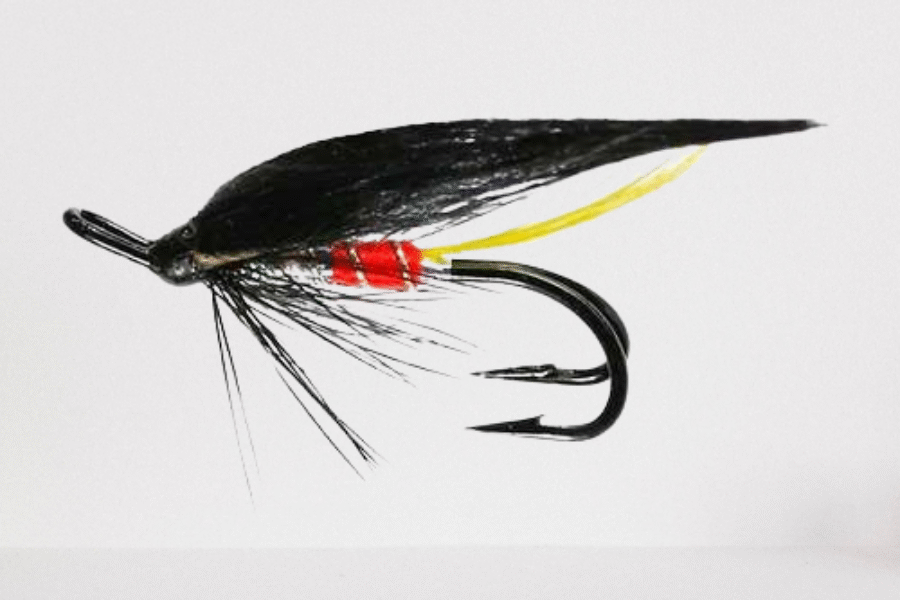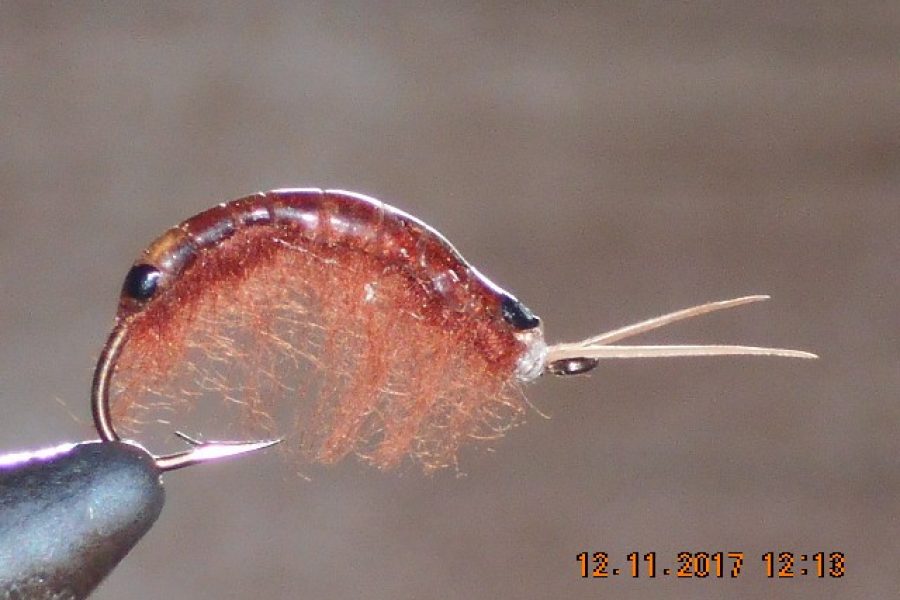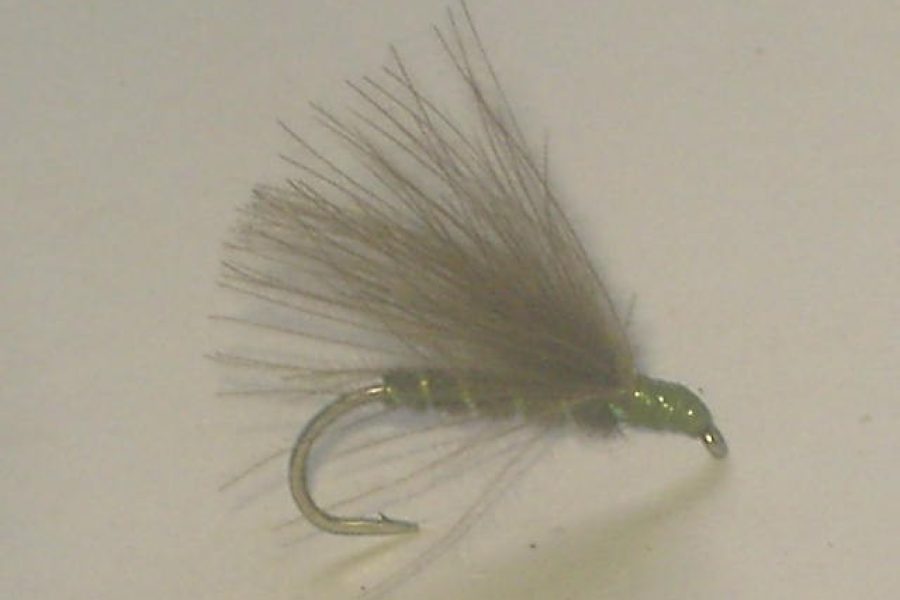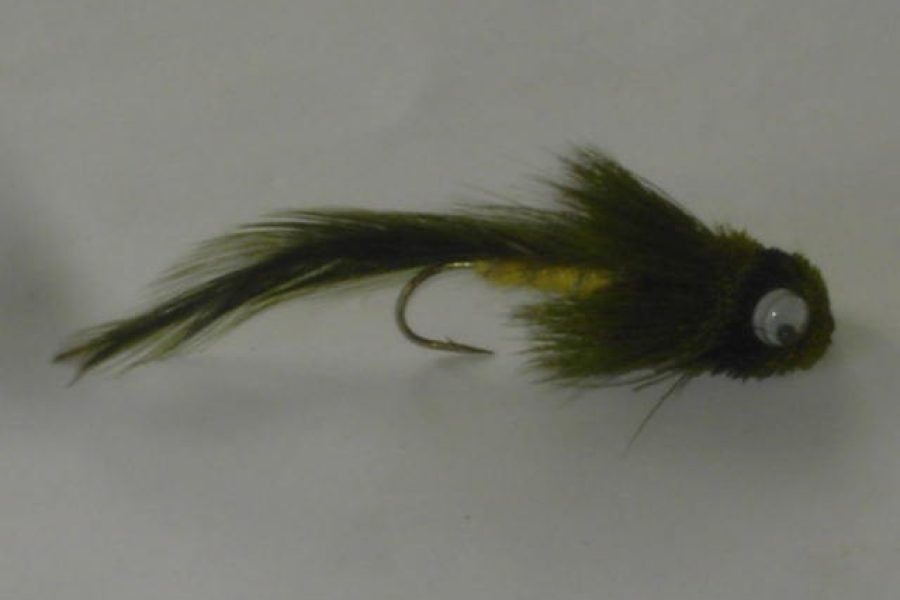Description
Lynch’s White Belly Mouse Fly represents a masterful evolution in modern mouse pattern design, developed by legendary guide Tommy Lynch for Michigan’s famous waters. This sophisticated articulated pattern has established itself as a highly effective choice for targeting trophy brown trout, particularly during night fishing sessions.
Historical Origins and Development The pattern emerged from Lynch’s extensive experience guiding for trophy brown trout, steelhead, and salmon, incorporating innovative design elements like an articulated body and contrasting white underbelly to create a highly effective pattern. This modern pattern maintains essential characteristics while adding significant technical advantages.
Key Historical Developments:
- Tommy Lynch innovation
- Articulated design
- Material evolution
- Pattern refinements
- Modern adaptations
- Technical improvements
- Contemporary variations
Design Philosophy and Innovation The pattern’s design reflects deep understanding of:
- Natural mouse behavior
- Night fishing dynamics
- Fish feeding patterns
- Light penetration
- Movement characteristics
Premium Materials and Construction Traditional Materials:
- Quality stinger hook
- Rabbit fur body
- White underbelly
- Foam elements
- Quality threads
Modern Adaptations:
- Articulated construction
- Enhanced durability
- Advanced materials
- Specialized hooks
- Innovative finishes
Technical Specifications
Hook Configuration:
- Style: Stinger hook
- Size: Rear-mounted
- Strength: Heavy wire
- Finish: Black nickel
- Length: 4.5 inches
Body Construction:
- Thread: 3/0 or 210 denier
- Body: Rabbit fur
- Belly: White material
- Articulation: Flexible
- Profile: Substantial
Fishing Applications
Water Types:
- Michigan rivers
- Mountain streams
- Deep pools
- Structure areas
- Various conditions
Seasonal Effectiveness:
Spring:
- Late spring emergence
- Warming waters
- Night fishing
- Multiple depths
- Various presentations
Summer:
- Prime mouse season
- Night fishing
- Dark conditions
- Technical fishing
- Surface action
Fall:
- Pre-winter feeding
- Changed water
- Aggressive takes
- Multiple depths
- Various speeds
Advanced Fishing Methods
Presentation Techniques:
- Surface Wake
- Cross-current swim
- Speed control
- Wake management
- Line mending
- Angle adjustments
- Modern Adaptations
- Strip retrieve
- Twitch techniques
- Dead drift
- Bank placement
- Multiple depths
Water Reading and Strategy
Key Factors:
- Current speed
- Bank structure
- Cover location
- Temperature
- Light conditions
Strategic Approaches:
- Entry point selection
- Drift planning
- Coverage patterns
- Bank targeting
- Speed adjustment
Environmental Adaptations
Light Conditions:
- Moonlight
- Complete darkness
- Early morning
- Evening light
- Low light effectiveness
Water Clarity:
- Crystal clear
- Slightly colored
- Stained water
- Post-rain
- Variable visibility
Modern Variations
Size Adaptations:
- Standard size
- Custom ties
- Situation-specific
- Water-matched
- Species-targeted
Pattern Variations:
- Traditional style
- Modern materials
- Hybrid designs
- Color adaptations
- Seasonal options
Technical Considerations
Leader Setup:
- Length selection
- Heavy tippet
- Breaking strength
- Knot choice
- System balance
Equipment Matching:
- Rod weight (7-8wt)
- Line type
- Leader design
- Tippet selection
- Terminal tackle
Conservation and Durability
Material Selection:
- Environmental impact
- Longevity factors
- Strength requirements
- Replacement needs
- Storage considerations
Maintenance:
- Post-use care
- Storage methods
- Repair techniques
- Material preservation
- Long-term durability
Advanced Applications
Specialized Techniques:
- Night presentation
- Structure fishing
- Cover presentation
- Technical mending
- Line control
Tactical Adaptations:
- Weather conditions
- Water levels
- Fish behavior
- Seasonal changes
- Time of day
Articulated Design Benefits
Design Advantages:
- Enhanced movement
- Improved action
- Better visibility
- Precise profile
- Wake creation
Performance Benefits:
- Natural swimming
- Realistic movement
- Strike triggering
- Energy efficiency
- Versatile fishing
Advanced Water Reading
Current Analysis:
- Bank structure
- Cover identification
- Structure influence
- Temperature breaks
- Holding lies
Strategic Planning:
- Coverage efficiency
- Presentation angles
- Rest periods
- Pattern rotation
- Time management
Seasonal Applications
Spring Tactics:
- Early season techniques
- Water temperature monitoring
- Early season approaches
- Fish behavior patterns
- Energy conservation
Summer Strategies:
- Night fishing presentations
- Light penetration factors
- Temperature considerations
- Feeding patterns
- Time of day
Fall Methods:
- Pre-winter behavior
- Water temperature changes
- Migration patterns
- Aggressive triggers
- Weather influences
Future Developments
Emerging Trends:
- New materials
- Design refinements
- Tying techniques
- Fishing methods
- Pattern variations
Innovation Areas:
- Material technology
- Construction methods
- Presentation techniques
- Environmental considerations
- Performance enhancement
Lynch’s White Belly Mouse Fly represents the perfect fusion of innovative design and practical functionality. Its sophisticated engineering incorporates articulated construction with proven mouse pattern design, creating a pattern that consistently produces results across varying conditions. Whether targeting trophy brown trout during night sessions or presenting in challenging situations elsewhere, this pattern delivers exceptional performance through its carefully calculated design elements and versatile presentation capabilities.
Additional information
| Hook size | 10, 12, 2, 4, 6, 8 |
|---|---|
| Hook type | Barbed Hooks, Barbless Hooks |










